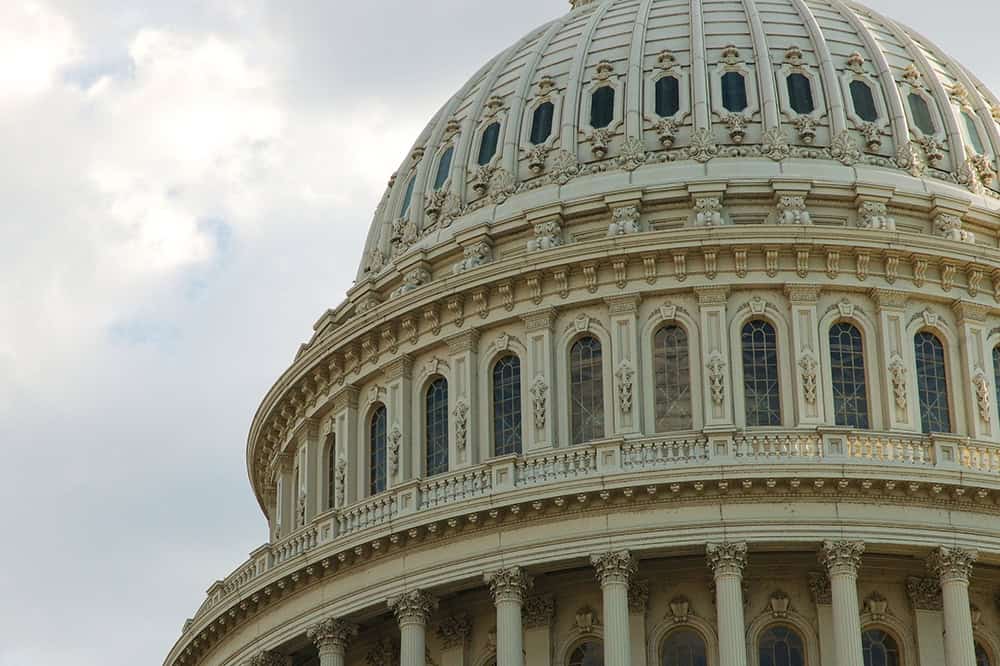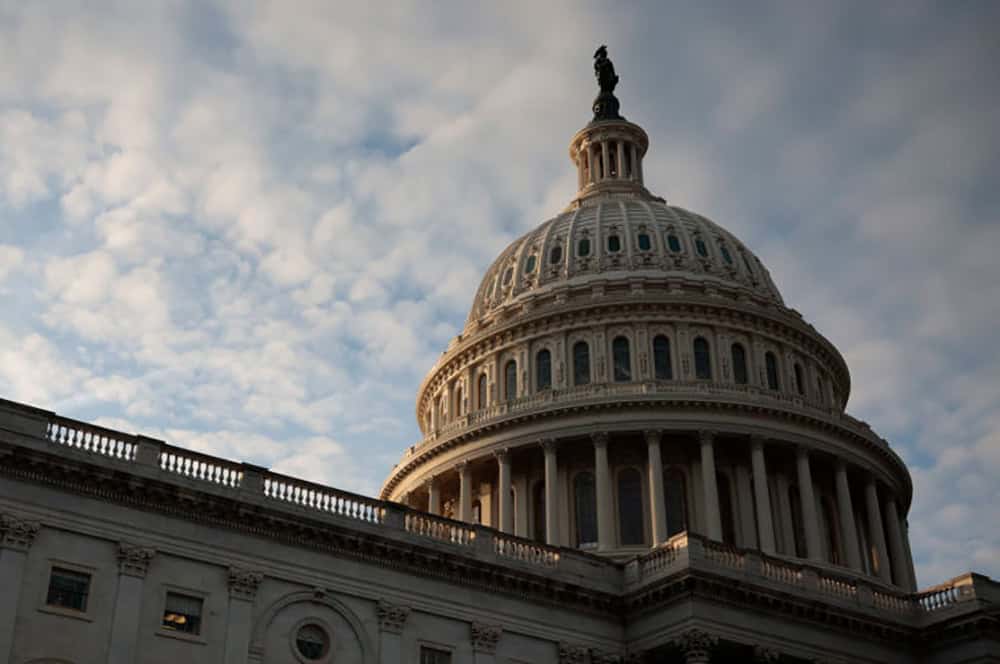What Is the Farm Bill, and Why Does It Matter for the Federal Budget?
Last Updated March 7, 2025
The Farm Bill has historically been a multi-year piece of legislation that covers a variety of agricultural, nutrition, and conservation programs. The legislation is typically renewed every five years; however, the three most recent authorizations have had shorter extensions (a year or less) and have been attached to continuing resolutions (CRs). The most recent CR, the American Relief Act, was signed into law on December 21, 2024 and extended the 2018 Farm Bill through September 30, 2025. Without that extension, some programs would have reverted to permanent law from the 1940s and others would have expired.
What Is Included in the Farm Bill?
President Franklin D. Roosevelt authorized the first Farm Bill as part of his New Deal agenda in 1933 with the goals of maintaining fair food prices for both farmers and consumers, ensuring sufficient food supply, and preserving U.S. natural resources. Since then, the Farm Bill has maintained the same goals and has been renewed 17 times. Starting in 1973, legislators added a nutrition section to the Farm Bill as a way to broaden support for the bill among leaders representing rural and urban districts alike.
More recently, lawmakers included titles for horticulture, conservation, rural development, and research. The Agriculture Improvement Act of 2018, the base authorization for the current extension, includes funding for 12 titles, but four of those areas typically make up the majority of spending in the bill:
- Nutrition includes the Supplemental Nutrition Assistance Program (SNAP), which provides funds for low-income Americans to purchase food in retail stores, in addition to smaller programs that provide other assistance.
- Crop Insurance covers subsidies for farmers’ insurance premiums and support for companies that insure agricultural commodities.
- Commodity Programs cover price and income support to growers of non-perishable crops as well as agricultural disaster assistance.
- Conservation includes funding for farmers to implement resource-saving practices on their private land.
How Much Will the Farm Bill Cost?
When the 2018 Farm Bill was enacted, the Congressional Research Service (CRS) published an estimate for programs that are funded based on formulas and eligibility (also known as mandatory spending)—expecting a cost of $867 billion over the 10-year period covering fiscal years 2019 through 2028. Nutrition programs accounted for about three-quarters of that total. CRS recently updated that estimate for the latest authorization of the Farm Bill, pegging the projected 10-year cost (FY2025-FY2034) of the extension at about $1.4 trillion; they note that SNAP accounts for 81 percent of that total (the Congressional Budget Office estimates that the program will cost around $110 billion in 2025 alone).
The increase in the 10-year cost of $600 billion (or 69 percent) relative to the 2018 bill mostly stems from increased payments for SNAP. Part of the increase relates to higher enrollment than previously estimated, particularly because of the unexpected economic downturn during the COVID-19 pandemic. Also, the re-evaluation of the Department of Agriculture’s Thrifty Food Plan in 2021 resulted in higher spending on SNAP benefits because of increases in the cost of food. More generally, as prices rise, so does the cost of most programs under the Farm Bill; between the 2018 bill and the most recent authorization, inflation was 25 percent.
Current Discussions Surrounding a Longer-Term Renewal of the Farm Bill
Both the House and Senate committees on agriculture produced drafts of a new Farm Bill in 2024, but as time ran short, policymakers opted for a second one-year extension of the expiring provisions. As policymakers work to draft a new Farm Bill, discussions are concentrated on three areas:
- SNAP. Policymakers have different preferences for the allowable growth rate of the Thrifty Food Plan, the basis of SNAP benefits. Some people think it should continue to be reevaluated at a cost that exceeds inflation when needed to maintain an adequate basket of goods, which was done for the first time during COVID-19, and others think the adjustment should be limited to inflation.
- Commodity Programs. Some policymakers who represent certain rural areas want to expand commodity programs. Commodity benefits are regional – mostly benefitting the Southern states where a majority of the eligible commodities are grown.
- Conservation. Because significant climate-related funding was enacted in 2022 as part of the Inflation Reduction Act, there is discussion about incorporating such spending into the permanent conservation baseline within the Farm Bill to ensure that support continues in perpetuity.
Conclusion
The most recent one-year extension of the 2018 Farm Bill allows programs to continue addressing agricultural, food, and conservation needs in America for another year. If the bill were authorized for multiple years as is typical for such legislation, it would be the largest farm bill authorization to date, though still not a primary driver of the country’s debt. As lawmakers develop this critical piece of legislation, they must determine how best to address the agricultural, food, and conservation needs of the United States against the backdrop of an overall fiscal outlook that is unsustainable.
Further Reading
U.S. Population Growth Is Slowing Down— Here’s What That Means for the Federal Budget
Understanding how demographic challenges contribute to the United States’ fiscal challenges can help policymakers adopt fiscally sustainable policies.
What Is a Continuing Resolution?
A continuing resolution is a temporary funding measure that Congress can use to fund the federal government for a limited amount of time.
Continuing Resolutions Are Stopgap Measures — But Now We Average Five a Year
While continuing resolutions can help avoid government shutdowns, they should be rarely used. However, CRs have become the norm.


